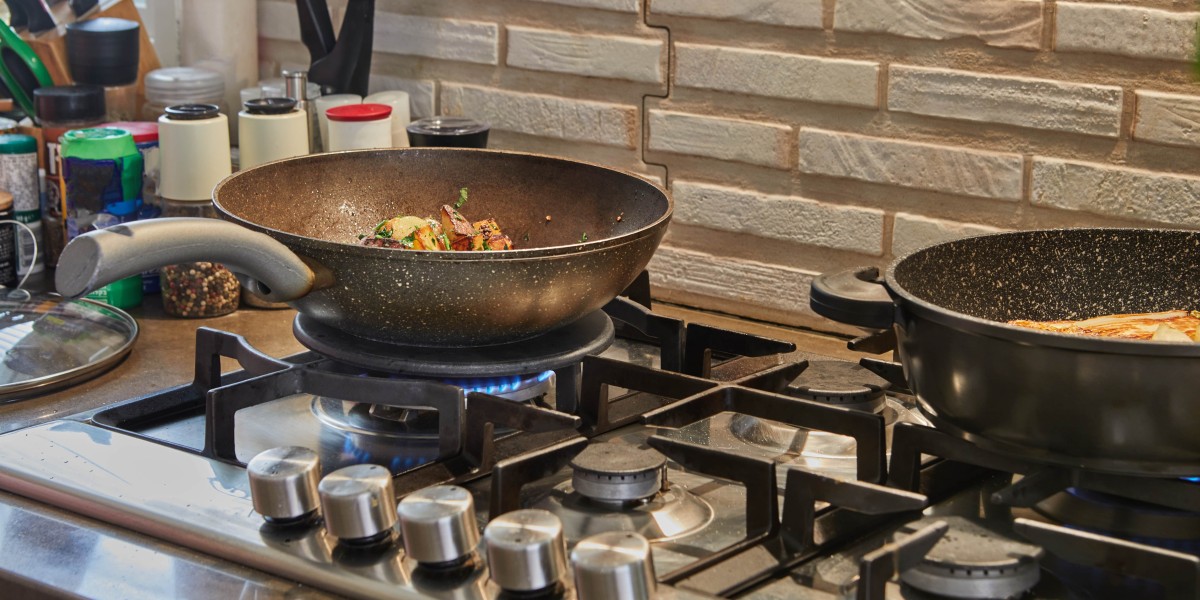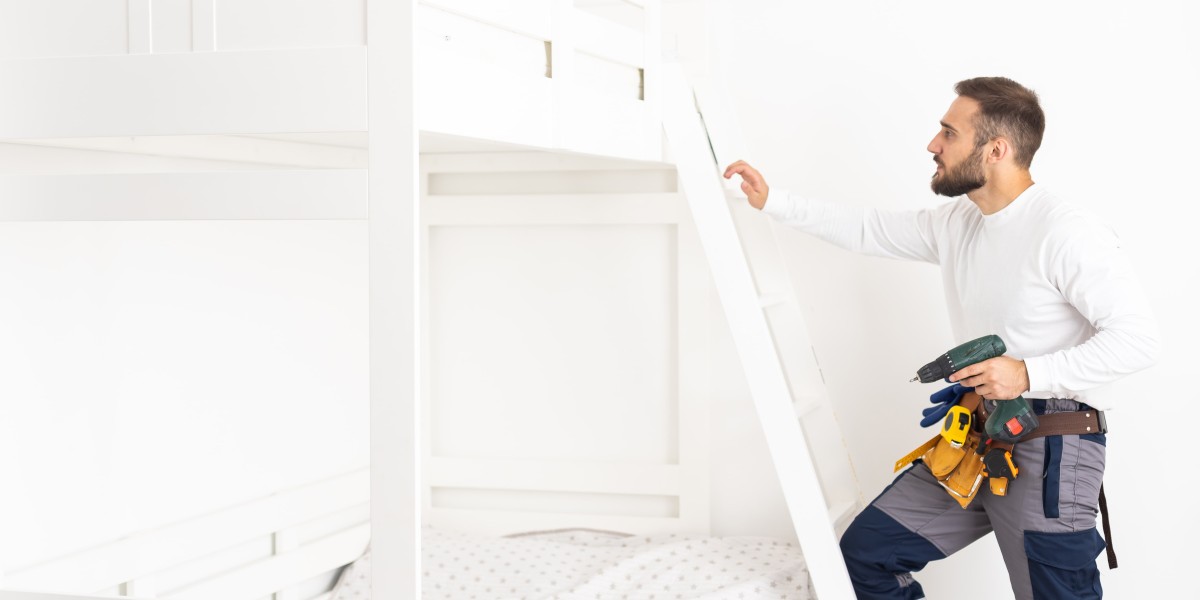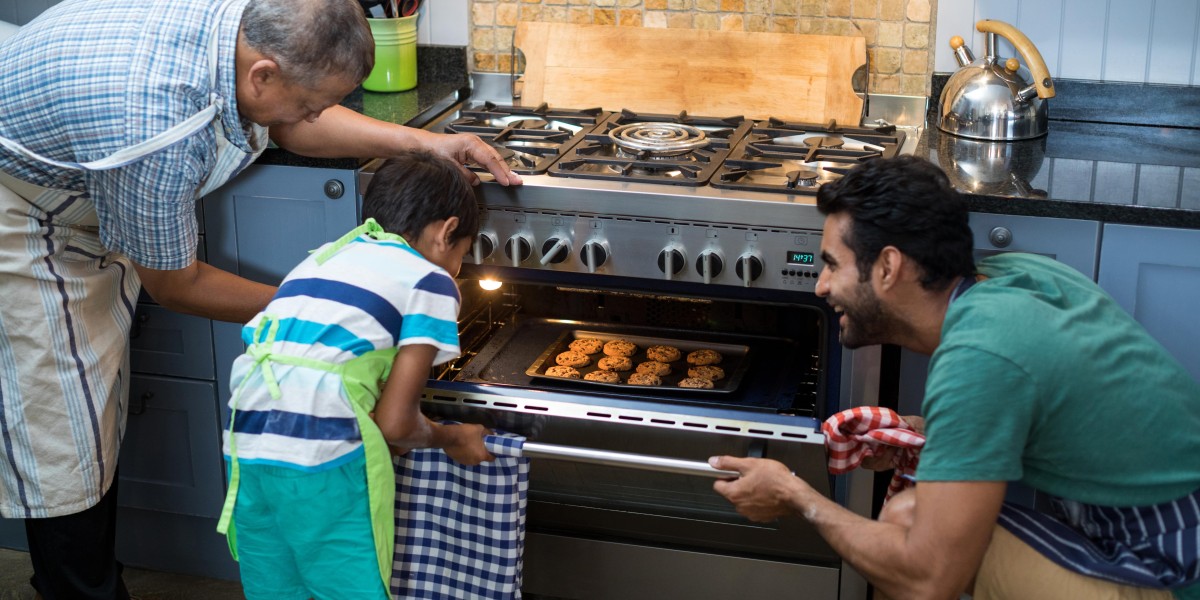The Ultimate Guide to Buying a Built-In Oven
In the world of contemporary cooking appliances, built-in ovens stand out for their seamless combination into kitchen cabinetry, visual appeal, and advanced cooking innovations. They offer a myriad of features and a streamlined style, accommodating both cooking enthusiasts and everyday cooks. However, choosing the best built-in oven can be overwhelming provided the wide variety of choices available in the market. This article works as a detailed guide, highlighting key considerations when buying a built-in oven, popular functions, and answers to often asked concerns (FAQs).

Why Choose a Built-In Oven?
Built-in ovens provide various advantages, consisting of:
- Space Efficiency: They are created to suit existing cabinetry, optimizing kitchen space.
- Visual Appeal: With a range of styles and surfaces, built-in ovens boost the overall appearance of a kitchen.
- Advanced Features: Many come geared up with modern technology, making cooking easier and more precise.
- Modification: Built-in ovens can be installed at eye level or below counter height, offering flexibility based upon personal preference.
Secret Considerations When Buying a Built-In Oven
Here are necessary elements to consider before purchasing:
1. Size and Dimensions
Before choosing a built-in oven, it is essential to measure the readily available space. Standard built-in ovens usually fall into 2 main categories:
| Oven Size | External Dimensions | Internal Capacity |
|---|---|---|
| Single | 24-30 inches large | 3-5 cubic feet |
| Double | 30-36 inches wide | 5-10 cubic feet |
Ensure that the selected model fits your kitchen cabinetry both in width and height.
2. Kind of Oven
Built-in ovens been available in various types, consisting of:
- Conventional Ovens: Uses heating components above and below for standard baking and roasting.
- Convection Ovens: Employs a fan to circulate hot air, providing even cooking.
- Wall Ovens: Installed vertically at eye level for much easier gain access to.
- Steam Ovens: Uses steam to prepare food, preserving nutrients and wetness.
3. Fuel Type
Built-in ovens are readily available in different fuel types:
- Electric: Often heats more uniformly, perfect for baking.
- Gas: Offers immediate temperature level control, fantastic for roasting and broiling.
- Double Fuel: Combines the best of both worlds with a gas cooktop and electric oven.
4. Functions and Technology
Modern built-in ovens (139.129.25.251) included a myriad of features that enhance the cooking experience:
- Smart Technology: WiFi-enabled models permit users to control the oven from another location by means of an app.
- Self-Cleaning: Reduces the effort required to keep a clean oven.
- Delay Start: Lets you configure the oven to start cooking at an established time.
- Multiple Cooking Modes: Options for baking, broiling, roasting, and more.
5. Brand and Price
Selecting a trustworthy brand can ensure quality and reliability. Relative rates among various brand names can aide in decision-making. Here's a brief introduction of popular brand names and their rate ranges:
| Brand | Avg. Rate Range | Notable Features |
|---|---|---|
| Bosch | ₤ 1,000 - ₤ 3,000 | Streamlined style, dependable performance |
| Whirlpool | ₤ 800 - ₤ 2,500 | User-friendly controls |
| KitchenAid | ₤ 1,200 - ₤ 3,500 | Innovative functions, trendy designs |
| GE Appliances | ₤ 900 - ₤ 2,800 | Variety of sizes and options |
Installation Considerations
Installation of a built-in oven is a key element that should not be overlooked. It's extremely suggested to hire a professional when setting up a built-in oven. They can address electrical or gas line concerns and guarantee that the oven is fitted firmly in the cabinets.
Upkeep Tips
Preserving a built-in oven is vital to extend its life expectancy and efficiency.
- Tidy Regularly: Wipe down surfaces and prevent letting spills become baked-on.
- Usage Appropriate Cookware: This prevents damage to interior surfaces and improves cooking performance.
- Inspect Seals: Inspect the door seals frequently for wear and tear to keep energy performance.
Frequently Asked Questions About Built-In Ovens
1. How do I know which size built-in oven to buy?
Procedure the area you have readily available and compare it to the oven measurements. Standard sizes typically range from 24 to 30 inches for single ovens.
2. Can I set up a built-in oven myself?
While it's possible to install a built-in oven without professional help, hiring a knowledgeable professional is advised for security, particularly with gas or electrical connections.
3. What is the typical life expectancy of a built-in oven?
Generally, built-in ovens last about 10-15 years with correct upkeep.
4. Are built-in ovens energy effective?
Energy effectiveness varies by design. Search for energy scores or environment-friendly functions when choosing an oven.
5. Do built-in ovens require unique kitchen cabinetry?
Yes, they are created to fit particular cabinetry sizes. Make sure the cabinets is built to accommodate the preferred oven's dimensions.
A built-in oven is an outstanding financial investment that can considerably improve your cooking experience and kitchen aesthetic. With various sizes, types, and advanced features, understanding your needs and preferences is vital for making the best choice. By thinking about measurements, fuel type, and brand name reputation, you can with confidence choose a built-in oven tailored to your lifestyle. Ultimately, a well-chosen built-in oven will not only elevate your cooking skills however also function as a spectacular focal point in your kitchen for several years to come.











